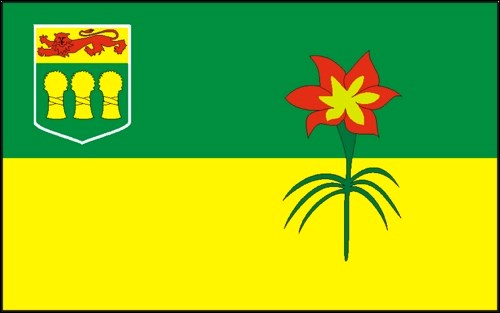The province made a major announcement Thursday that work will begin immediately on a massive irrigation project at Lake Diefenbaker.
The end result will irrigate up to 500,000 acres of land from Lake Diefenbaker, which will more than doubling the irrigable land in Saskatchewan. The project will run over the span of ten years and in three main phases at a cost of $4 billion, starting with an immediate $22.5 million this year for preliminary engineering and initial construction of the Westside Irrigation Project. Preliminary soil analysis for the Qu’Appelle South Irrigation Project will also begin this year.
At a news conference Thursday in Regina, Premier Scott Moe called it a “generational” project that would “fulfill the vision of Prime Minister John Diefenbaker to ensure the prosperity of Saskatchewan people.”
Phase one will see the rehabilitation and expansion of the existing Westside irrigation canal system and increase the amount of irrigable land by 80,000 acres in the area. Premier Moe said it is considered “one of the most shovel-ready irrigation projects in the province and likely the nation,”with 90 per cent of the current canal already in place. The cost is estimated at $500 million.
Premier Moe said phase two will see “the further expansion and buildout of the Westside Irrigation Project adding an additional 260,000 acres of irrigable land. Once fully built and developed, the project will eventually see land made available for irrigation near Macrorie, Milden, Zealandia, and as far north as Delisle and Asquith.”
Phase three “will see the buildout of the Qu’Appelle South Irrigation Project, adding an estimated 120,000 acres of irrigable land. Starting at Lake Diefenbaker and going south, the project would run near the communities of Tugaske, Eyebrow, down to Marquis and ultimately into Buffalo Pound Lake. It would provide the Moose Jaw-Regina corridor and southern Saskatchewan with a secure water source for the next century and act as a catalyst for significant industrial expansion in the years to come.
Moe called this project “yet another example of our commitment to help Saskatchewan recover and grow in a time of uncertainty that is caused by the global COVID-19 pandemic. Infrastructure investment is key to that recover; infrastructure investment is key to our province’s growth.”
He said the initial estimates show the investment will result in a $40 to $80 billion increase in the provincial Gross Domestic Product over the next 50 years, and is estimated to create 2,500 construction jobs a year, over the next ten years.
“For me this day is about 20 years in the making,” said Legislative Secretary to the Minister Responsible for Water Security Agency, Lyle Stewart.
“This project has been talked about for a very long time and I am proud to say today we are moving ahead with it. The timing is right to move this forward. The vision is for our grandchildren and great grandchildren and generations to follow.”
He said in his opening statement the impact on farmers will be substantial, and will provide a great opportunity to grow the “high-value stable crops that will give the country far more food security” than ever. Stewart added there are even greater opportunities in terms of providing irrigation infrastructure for those looking to do business in the province.
“We checked every box in our province except one, irrigation infrastructure. Our province had not had the irrigation infrastructure they required and now we will,” said Stewart.
Later in the news conference he told reporters the project was not just generational but transformational. "It shows the vision -- the vision I hoped to see from my government when I first got elected."
There are active discussions with other levels of government regarding the $4 billion in funding, said Premier Moe, but he said the government was committed to the initial steps. Both Moe and Stewart told reporters the federal government had shown interest in funding during the last election campaign.
"The federal government has been keenly interested in completing this project, I believe they ran on it to some degreein the last election," said Moe. With respect to funding, Premier Moe said the Infrastructure Bank has been part of discussions as well as Western Economic Diversification. he said there is a place for industry and the private sector to participate as well.
Moe reiterated the project will be "one of the largest infrastructure projects in the history of the projects" and also be "one of the most beneficial infrastructure projects to the economy" in the expansion of jobs.
Already there has been positive reaction to the announcement from the Saskatchewan Cattlemen's Association.
“As we grow food for people, there is so much that becomes feed for livestock either in byproducts, rotational crops, or crops that do not make grade. SCA sees this expansion of irrigation as a benefit to the opportunity and competitiveness of cattle production in Saskatchewan.” said Arnold Balicki, chair of the Saskatchewan Cattlemen’s Association, in a news release.
Balicki added that he was "glad to see the Saskatchewan government making this investment. We will be encouraging the federal government to be a part of this important investment in the prosperity of the province and country.”



